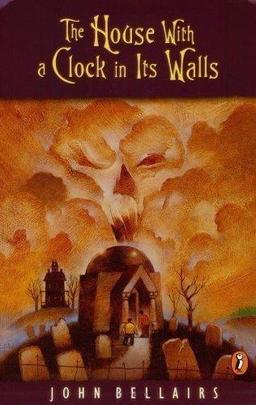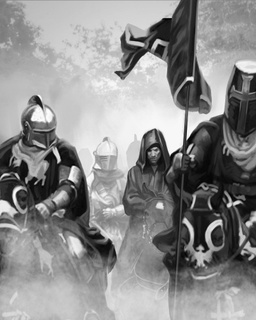The Magic Goes Away by Larry Niven
A swordsman battled a sorcerer once upon a time. In that age such battles were frequent. A natural antipathy exists between swordsmen and sorcerers, as between cats and small birds, or between rats and men. Usually the swordsman lost, and humanity’s average intelligence rose some trifling fraction. Sometimes the swordsman won, and again the species was improved; for a sorcerer who cannot kill one miserable swordsman is a poor excuse for a sorcerer.
So begins “Not Long Before the End” (1969), the first story in Larry Niven’s The Magic Goes Away series. His approach to swords & sorcery is the same as the one he brought to the hard science fiction he’s best known for: extravagant and colorful yet built on a framework of logic.
As you might infer from the tone of the quote, he also has a bias against the warrior hero typical of the genre and in favor of the sorcerer. In the short story above, its sequel “What Good Is a Glass Dagger?”, and the short novel The Magic Goes Away, he chronicled the adventures of a sorcerer called Warlock in a pre-historic Earth located somewhere to the right of Robert E. Howard’s Hyboria.
Niven’s starting point was to theorize how magic might work in a rational way. In his model, sorcery is powered by mana, a finite source. Instead of telling stories of the glory days when wizards built flying castles, and dragons and gods walked the earth, these tales are set in the magical world’s fading days. It’s a clever setup and one that drew me in enough to read the whole trilogy this past week.
“Not Long Before the End” is an inversion of the too-common S&S story of barbarian swordsman rescues girl from wicked sorcerer. Here Warlock discovers the nature of mana and realizes it’s running out.
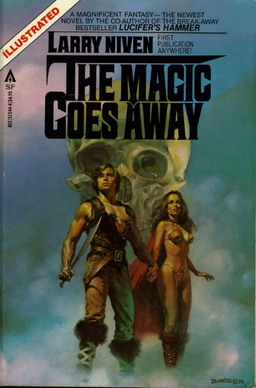
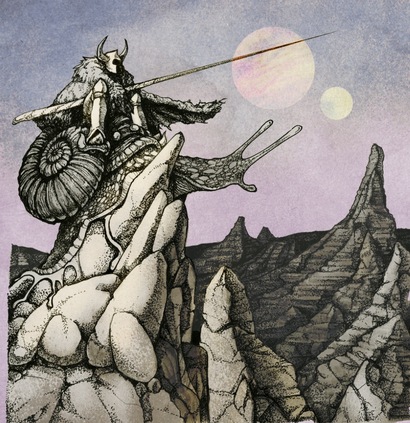
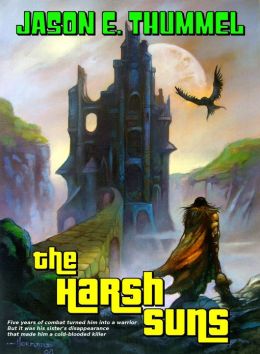
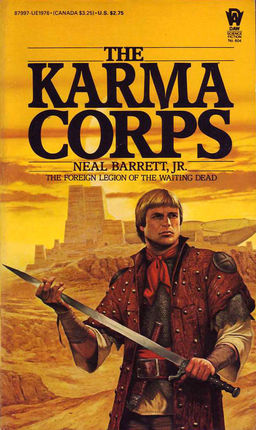
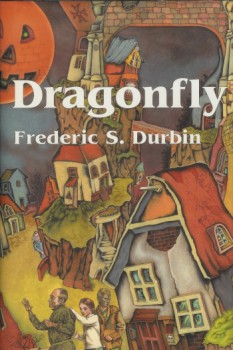
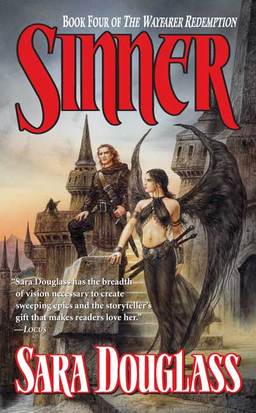
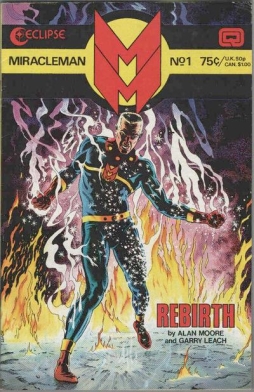 A little while ago,
A little while ago, 